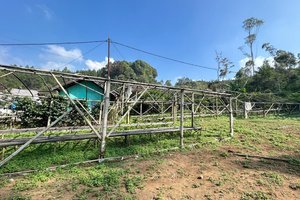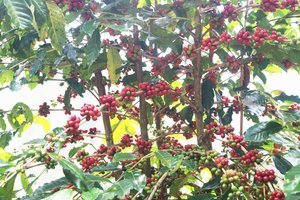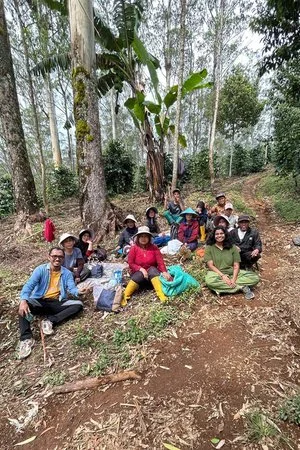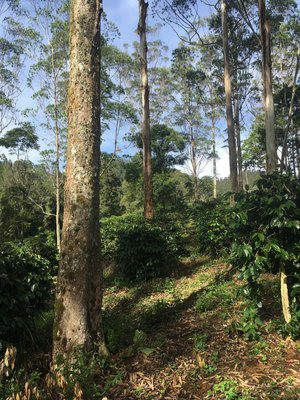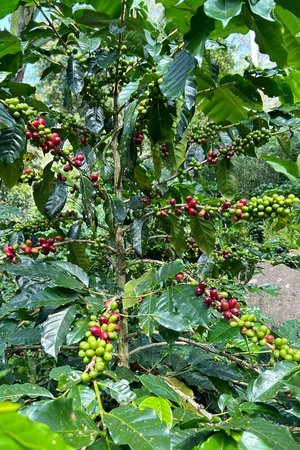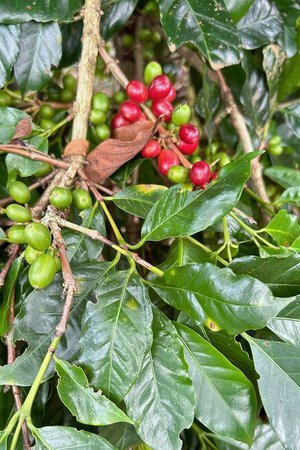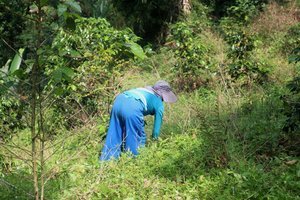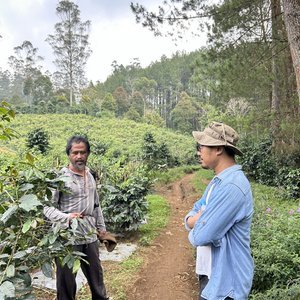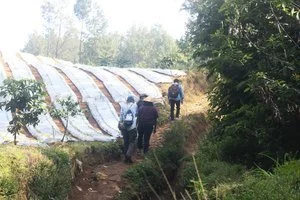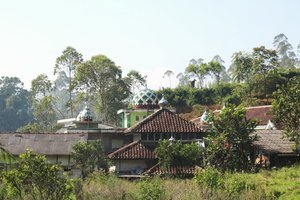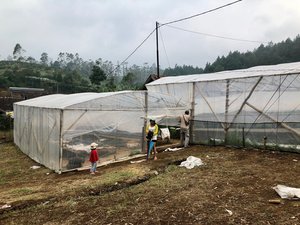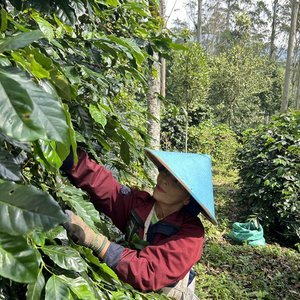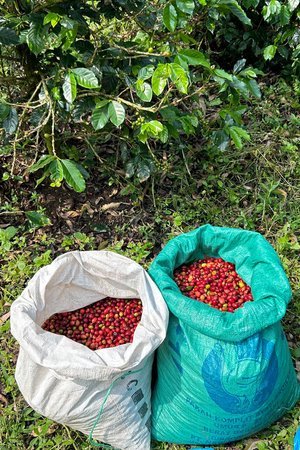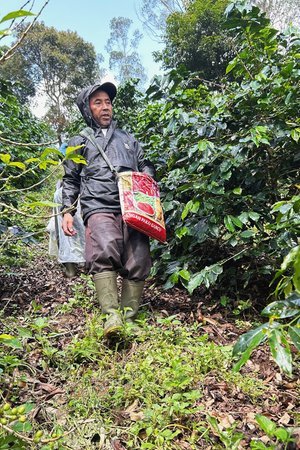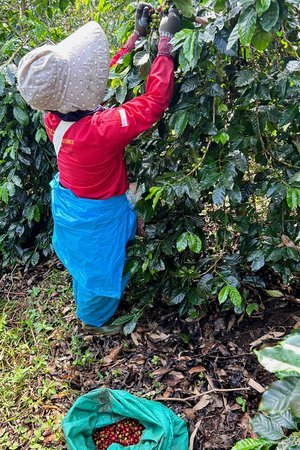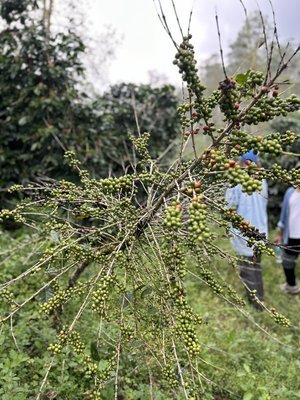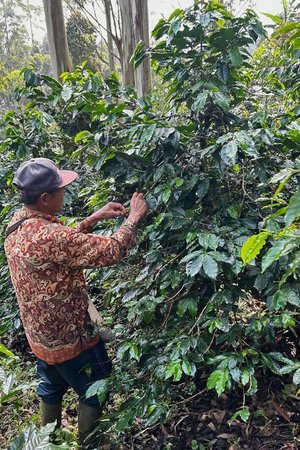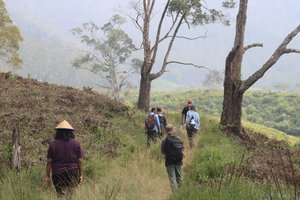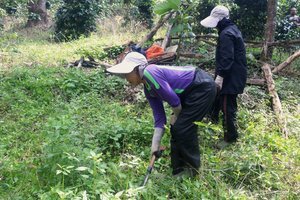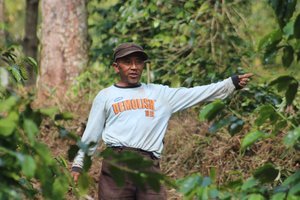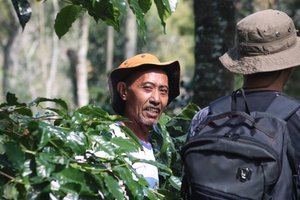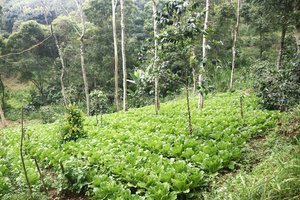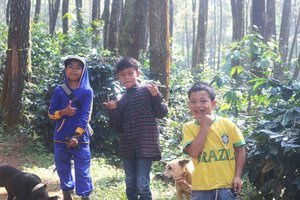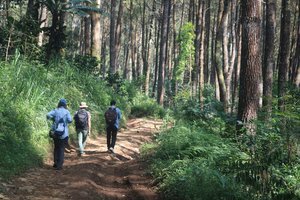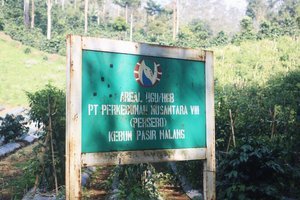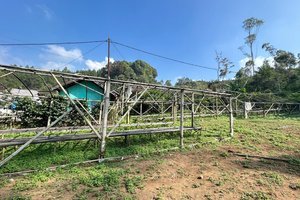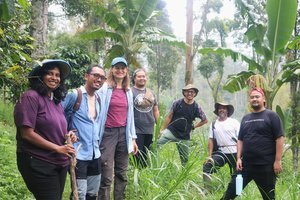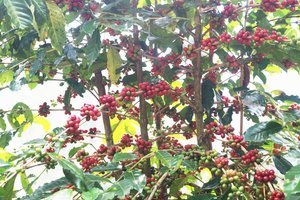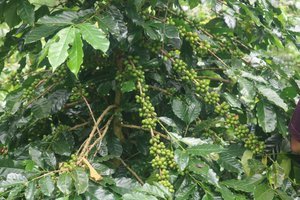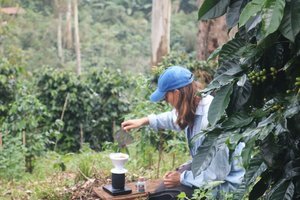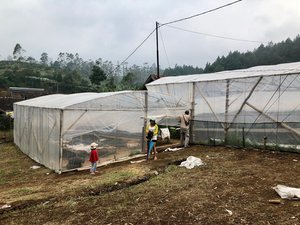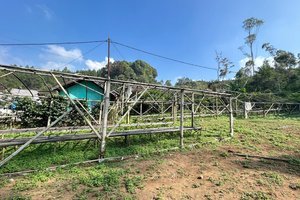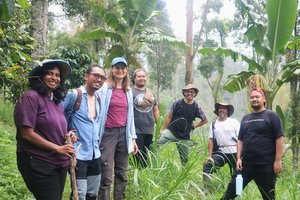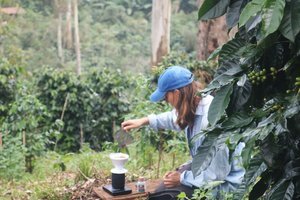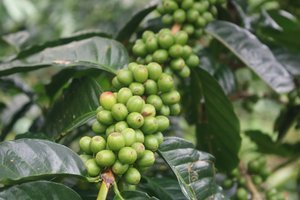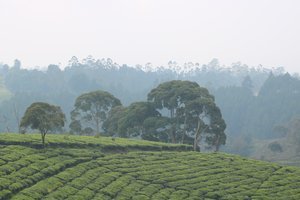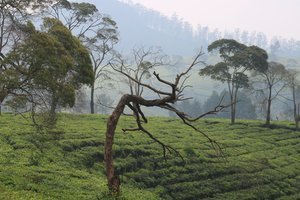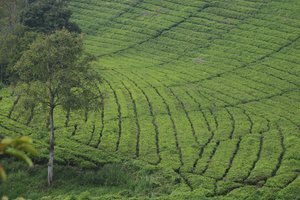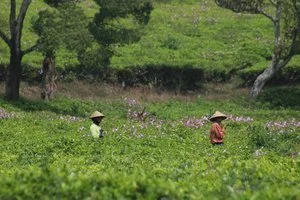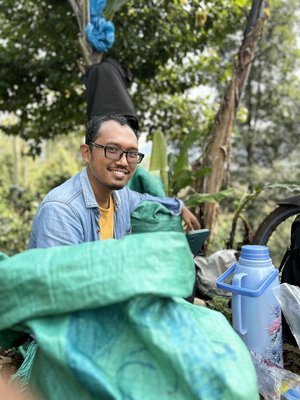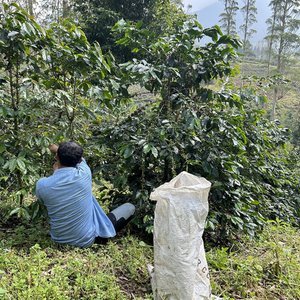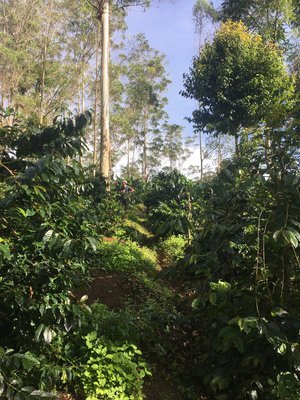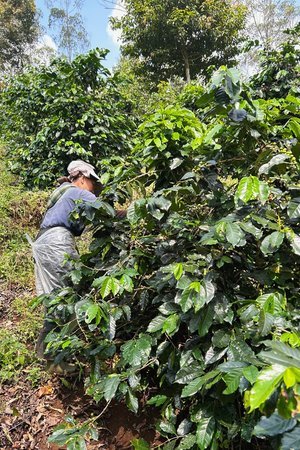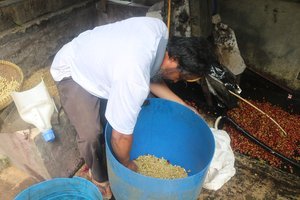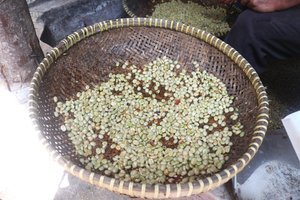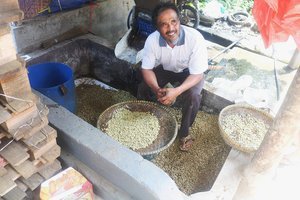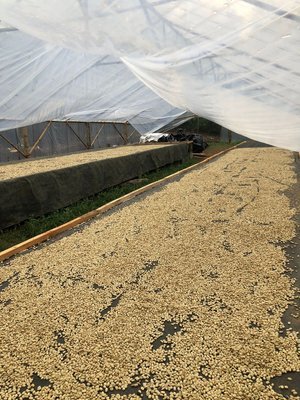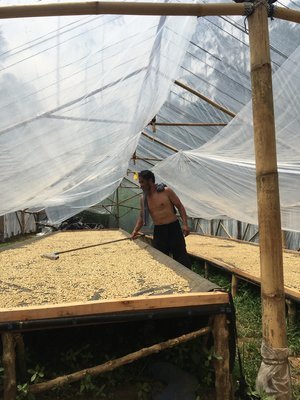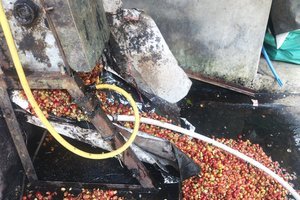Regenerating Dreams
A native of Pangalengan, Asep was the last of 5 brothers and sisters. Growing up he wanted to be Veterinarian but their family couldn’t afford it. After completing the minimum requirements after his high school, he was able to join as an assistant doctor at a dairy factory where he worked for over 30 years. He then worked in dairy processing for 5 years thereafter. Asep had roughly 0.8 hectares of coffee in early 2000 and didn’t particularly pay attention to it since Pangalengan was a dairy heavy origin. Once he decided to retire, he knew how he was going to spend the rest of his life - with coffee, not just drinking it but growing coffee.
Asep’s aspirations included being able to find connections beyond his village and coffee was just the way to do it. Asep is known for his thoroughness when it came to doing any job so when he began researching the different coffee models there was, everything about specialty caught his attention. He understood that it was one of the best ways to increase productivity and essentially income. Asep realised through efficient farm management and consistent crop cycles it would be possible to achieve his dreams of maximised productivity. This became the driving force behind his approach to agriculture, especially coffee farming.
Once a dairy intensive context, with the milk prices stagnant, farmers in this region have been looking for ways to switch to something that generates higher income. Although vegetable farming might be an option, it is not bought based on a price quality differential. Even though the local government is encouraging farmers to start growing coffee so it helps with improving the environment other than helping them earn a higher income, not all is done well to nurture this dream. They distributed seedlings that remained fairly unproductive. Further it is difficult to challenge the traditional farming methods and get farmers to try something new. They have been risk averse until Asep entered the scene.
Asep’s effort to introduce specialty coffee in this region is catching up fast. Asep in that way is a pioneer when it comes to specialty production and processing techniques.Now more than 40 farmers work with Asep in selling him cherries so he can process them into different grades including premium and speciality. They get a higher price for their coffees and can use it to improve their livelihoods including sending their children to school among other things. His effort to create access of different kinds to the community is quite evident. From distributing seedlings of native coffee varieties that are resilient, to conducting training on composting, land preparation, plant plotting, as well planting shade trees, Asep has been the frontrunner in taking these initiatives to the community after testing it out in his own land.
Specialty coffee and Pak Asep come as a saving grace in many regards to this region!
CULTIVARS
HDT, Ateng Super and Sigararutang
Elevation
1450 -1560 meters above sea level
NOTABLE
The ethnic group here is called Sundanese and the closest mountain to this village is Mount Tilu. Hence Sunda Tilu!
Coffee here is intercropped with chilies, banana, potato, tomato and cabbage. Asep currently uses a mix of cow, chicken, goat manure with cascara and M4 store bought yeast starter to make the fertilizer. Many of the farmers that work with him also currently buy store bought organic fertilizers. Asep is also experimenting on a few of his own plots by planting single variety coffee in each individual plot to test the productivity and is open to seeing how it will perform in the market. Together with Ontosorh and Asep, his son-in law are looking into building a centralized processing unit and drying facility so they can focus on quality control as well as having capacity to work with more famers from the village. They have the land and work for this is underway, expected to come to fruition by the end of next year.
